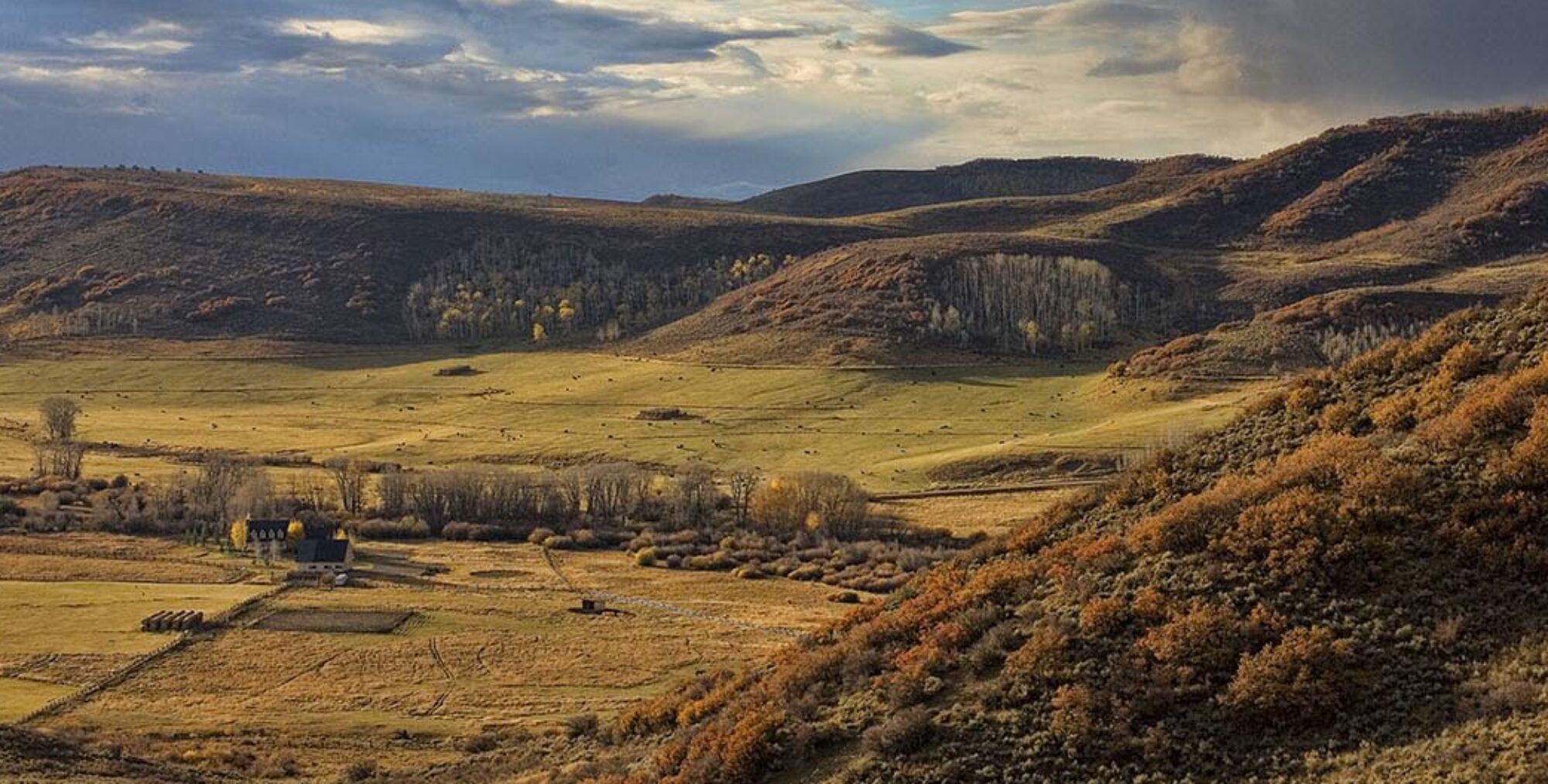Rim lighting is a good way to separate flat-black firearm products from a dark background in photography, like this Mission First Tactical compensator. The lines of white on the sides distinguish the outline/borders from the black. You can set up a pair of flashes behind, angled slightly at the product to generate the effect, but doing so risks flare in the lens and an unwanted “wash” of light everywhere else.
It’s tougher than it looks, but here’s a different approach.
Go Big in Back
The Mission First Tactical compensator (model E2ARMD1) seen here is for an AR-15. It’s around 3 inches long, so I we’re close to macro range—if not there. I used a Canon 100 mm f 2.8 macro lens, if you’re wondering.
The flexible gloss vinyl background is roughly two feet wide and four feet long. It dwarfs the compensator, needless to say, but I needed spare material above. At the back it curls up, held by a light stand (anything tall will work) roughly two or three feet higher than the compensator.
Scrim
A strobe wearing an Impact Luxbanx Small Octagonal Softbox is behind, literally pushed up against the vinyl. It’s 12 inches wider than the vinyl background, so 6 inches were exposed toward the camera on both sides of the background.
To kill ambient light the shutter speed was set at 200. ISO was 160 to minimize noise should the photo wind up being used with one of my articles in a print magazine. That meant I had to run the lens wide open at f 2.8.

Adjusting
As you can see to the right, it works. Bear in mind, though, if one side of the soft box is exposed more than the other the rim lighting will be uneven. You can use that to your advantage or shift things until you’re comfortable with the results.
Great, you’re thinking to yourself (or telling a co-worker who’s more interested in today’s cafeteria specials). “I can’t see a darned detail in that Mission First Tactical compensator. Its whole body is black.”
Masking the Mission First Tactical Compensator

You’re right, but at this point I took a photo (actually series of photos) of the muzzle device, exposing for proper detail (left). I opened it in Photoshop, as well as the backlit version I preferred.
Then I copied one, pasted it on the other, and applied a layer mask. That allowed me to “paint” in the rim lighting, while avoiding detail-draining washout and flare. I rotated the image on top for this blog. The compensator was vertical for the photo session.
Sounds simple enough, but masking takes practice, and I can’t possibly improve upon some of the great tutorials out there. I’m no Photoshop expert, that’s for sure, so I encourage you to read about the technique if you like what you see.
Macro work has its own unique set of challenges that about tripled my time on this single image. It’s an expertise all its own, so I’ll spare you that series of headaches for now.
The method’s certainly interesting and budget friendly. I simply moved around a single strobe to create this composite image. If you give it a try I’d sure love to hear your results or what you think of the technique.


2 Replies to “Rim Lighting a Mission First Tactical Compensator”
Comments are closed.